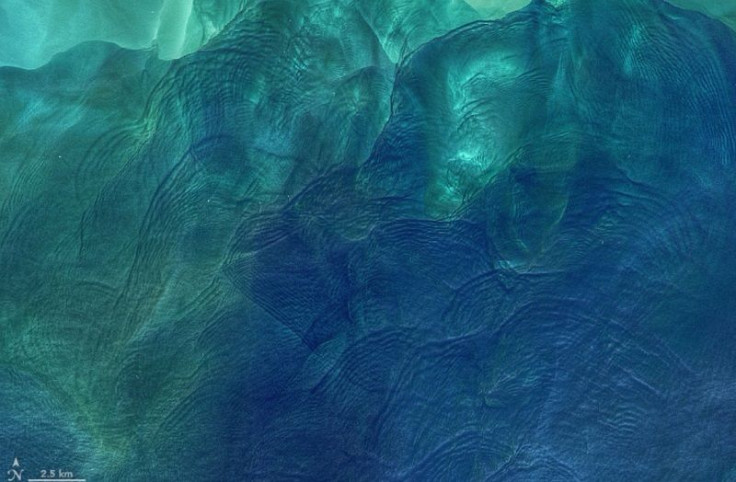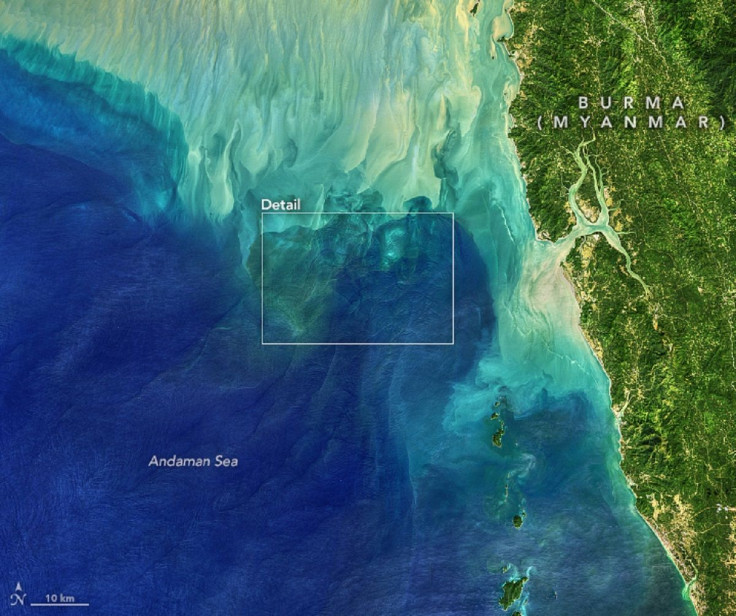NASA Satellite Captures Strange 'Internal Waves' In Andaman Sea
KEY POINTS
- A NASA satellite image shows strange ripples in the Andaman Sea
- The ripples are actually called "internal waves" from beneath the surface
- Internal waves are caused by salinity differences and seafloor formations
- The Andaman Sea is known to have large internal waves
Images taken by the Operational Land Imager on NASA and the United States Geological Survey’s Landsat 8 satellite shows strange ripples in the Andaman Sea. Evidently, the swirls are called “internal waves,” a feature that has been studied by oceanographers since the 1960s.
‘Ripplings’
In the 19th century, oceanographer Matthew Fontaine Maury described “ripplings” in a passage through the Andaman Sea, which is a part of the Indian Ocean that is close to Thailand and Myanmar. Many years later in the 1960s, oceanographers were able to study the strange phenomena that seem to have fascinated Maury and, today, modern satellites can give us an even better view.

In an image taken by the Landsat 8 satellite, interesting swirls can be seen close to the coast of Myanmar and a closer look reveals the interesting details of the waves that look like multiple ripples on the surface of the water. According to NASA, it is the Sun’s reflection on the water that makes the waves more visible but the colors have also been slightly enhanced to make the features more detailed.
Internal Waves
These “ripplings,” as Maury called them, are, apparently, called internal waves that are formed because the ocean is layered, wherein deeper water is colder, denser and saltier while shallower water is warmer fresher and lighter. Because of these differences in salinity and density, the ocean layers tend to act like different fluids and the internal waves are created when the “different” water masses move through seafloor formations.
“As internal waves move through the deep ocean, the lighter water above flows up and down the crests and troughs. Surface water bunches up over the troughs and stretches over the crests, creating alternating lines of calm water at the crests and rough water at the troughs,” NASA Earth Observatory explains. “Internal waves can be hundreds of meters tall and tens to hundreds of kilometers long—and yet moving tens to hundreds of meters beneath the sea surface.”
These internal waves, however, cannot always be seen or felt by someone on a boat or ship above the phenomena because they are not always expressed at the surface. As it happens, the Andaman Sea is known to sailors and oceanographers to have larger internal waves because of its diverse seafloor features.

© Copyright IBTimes 2025. All rights reserved.






















